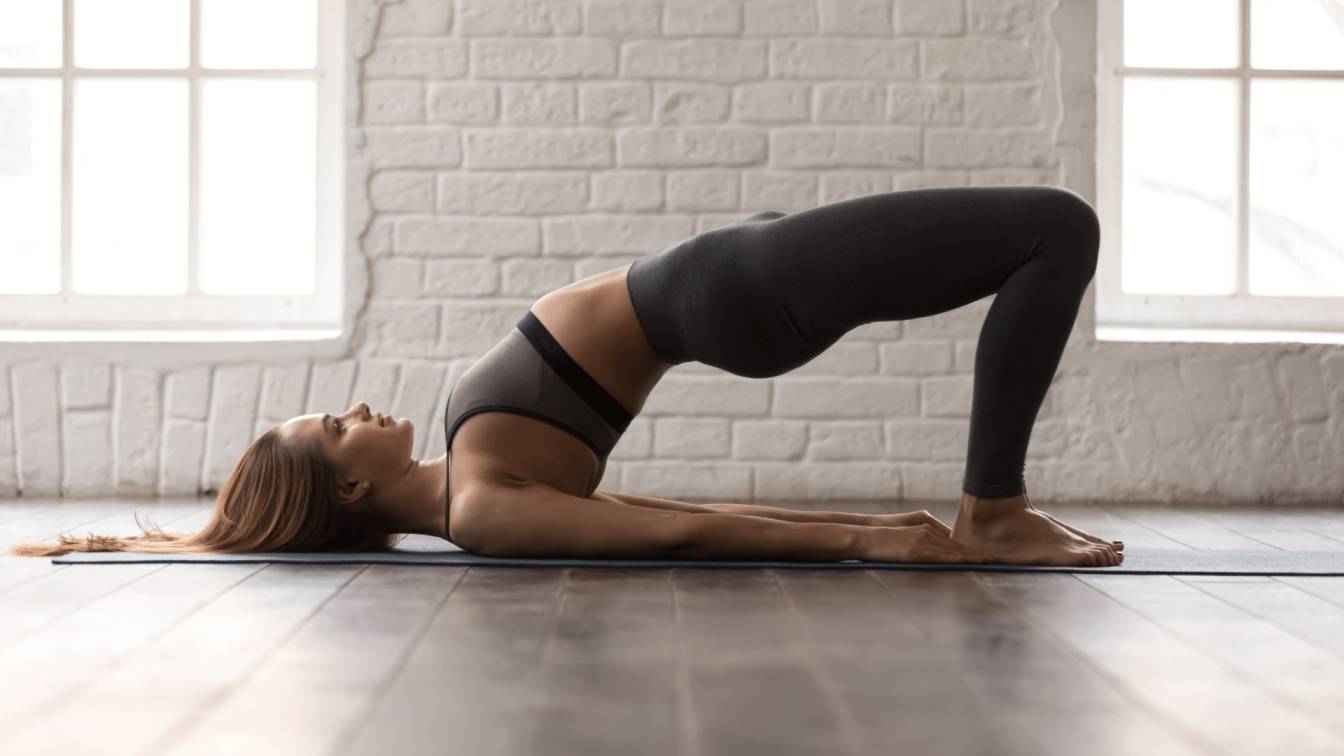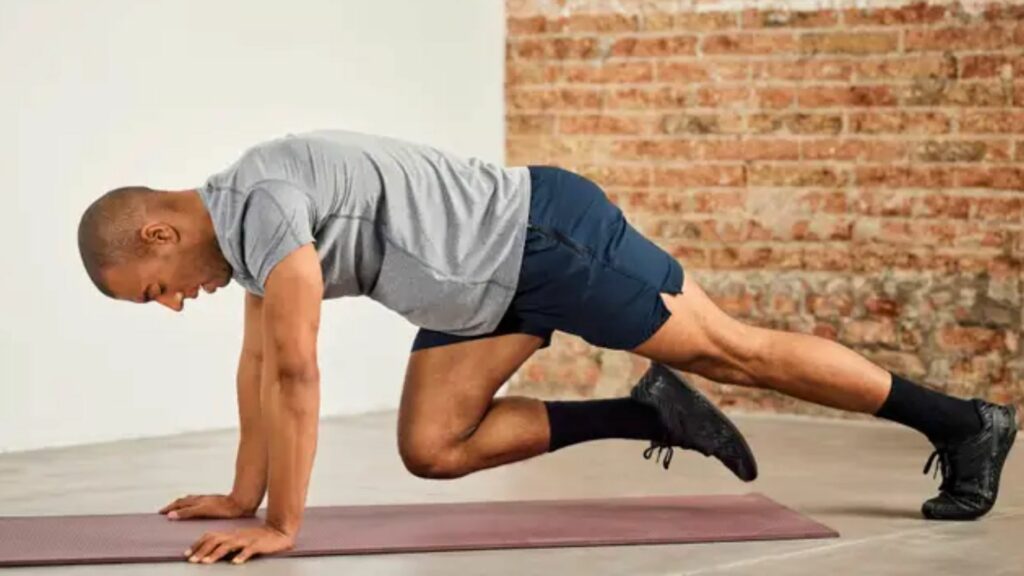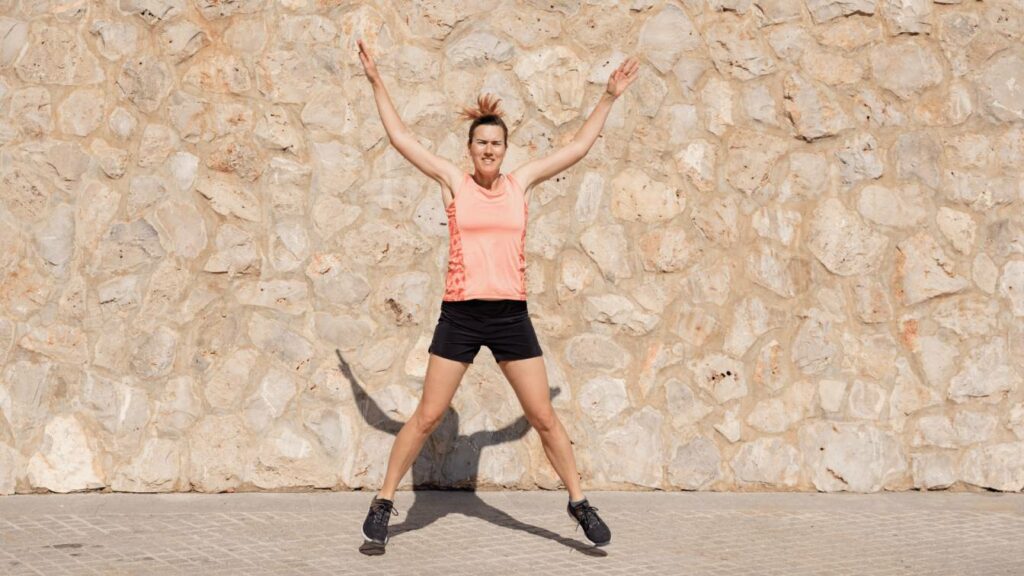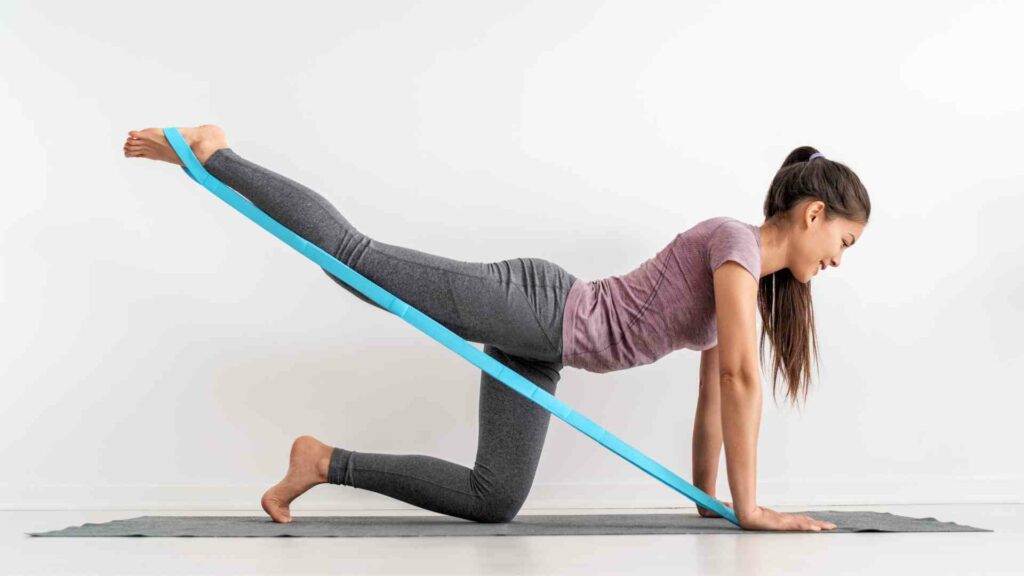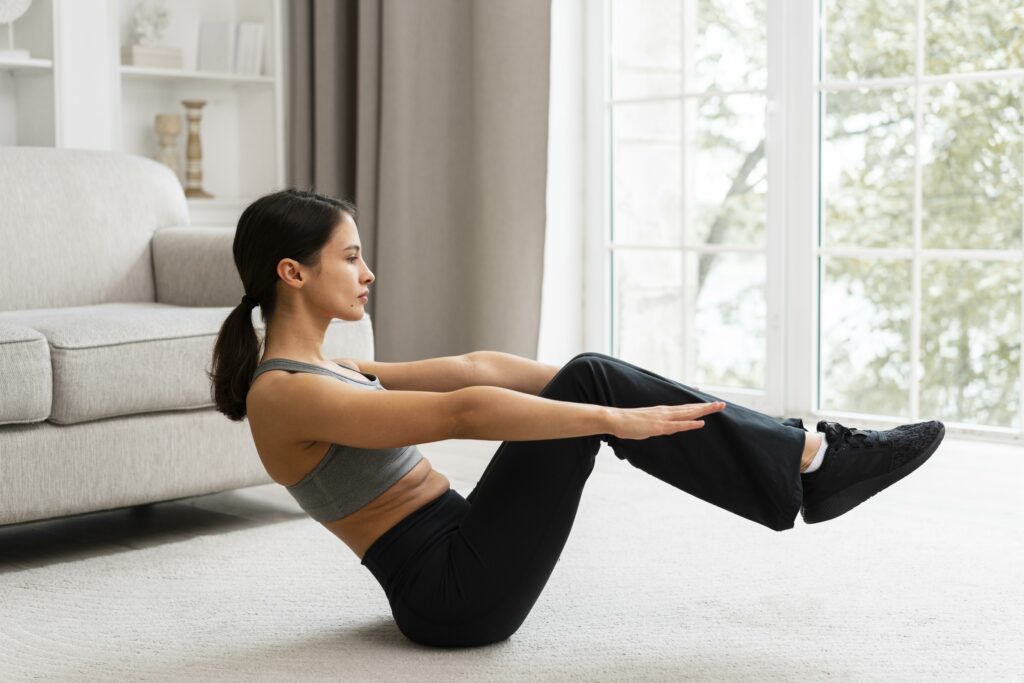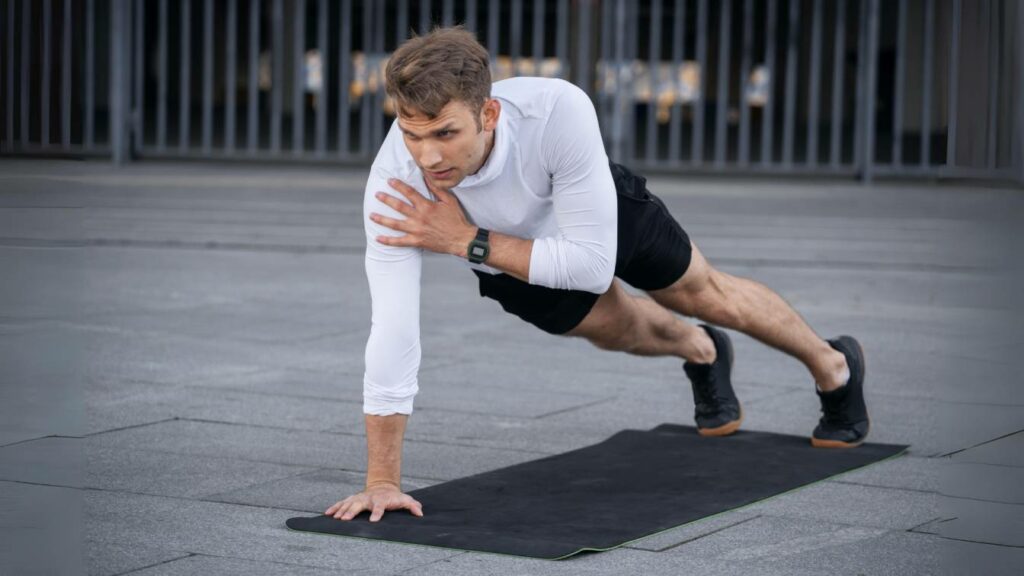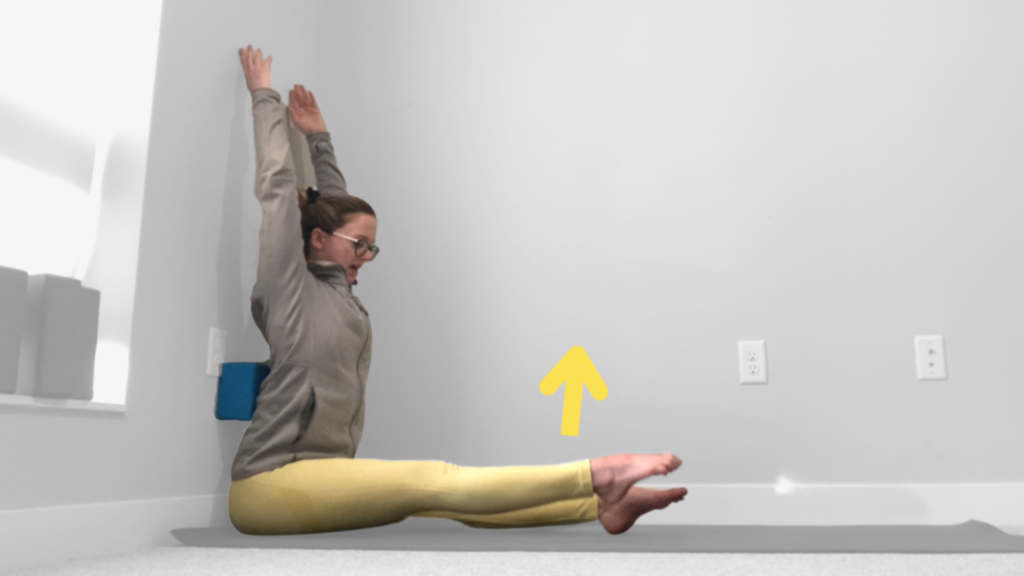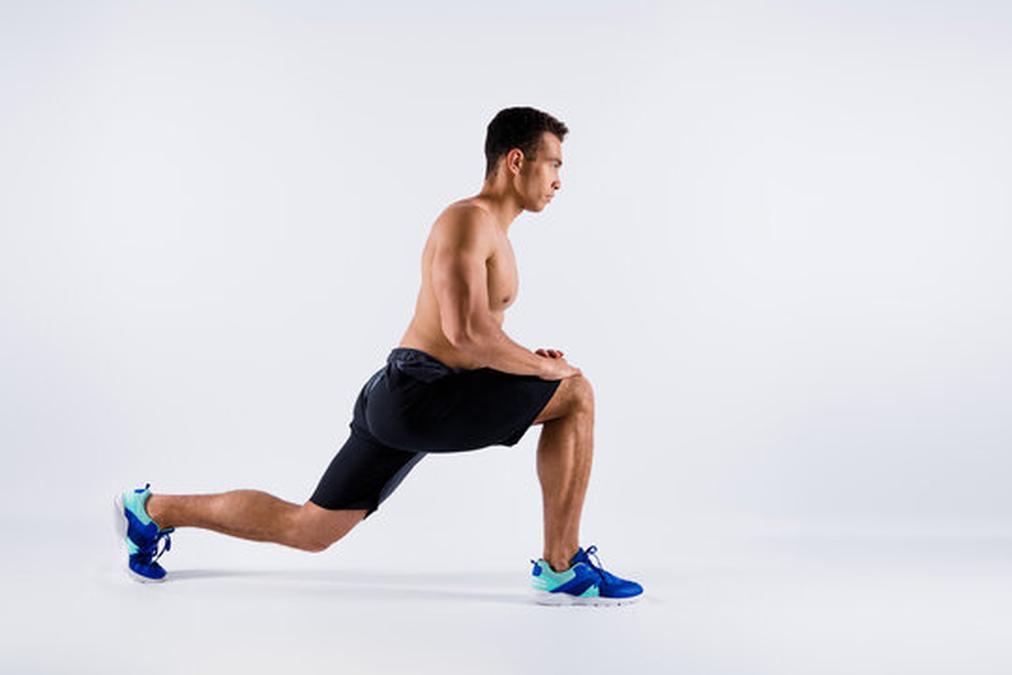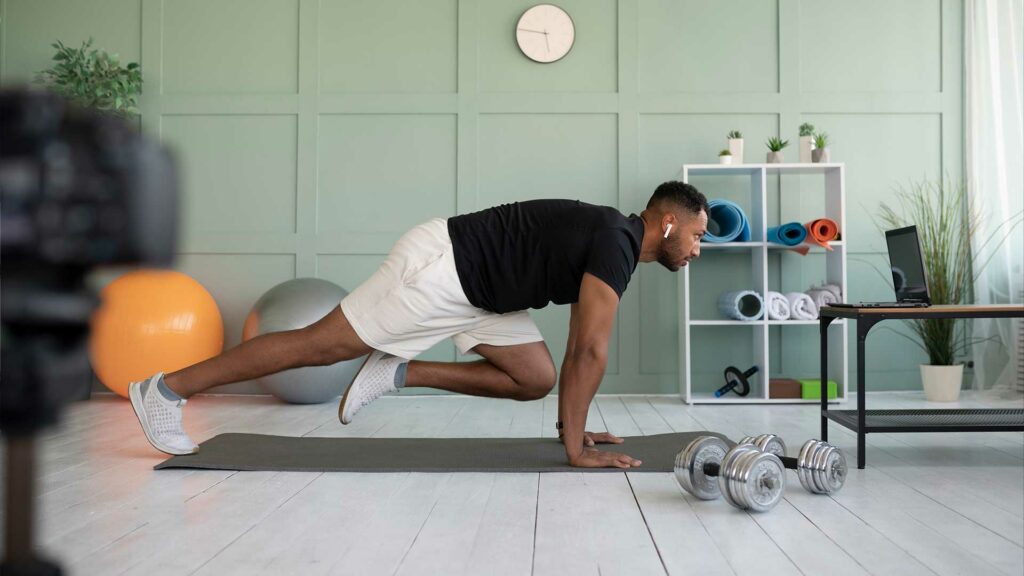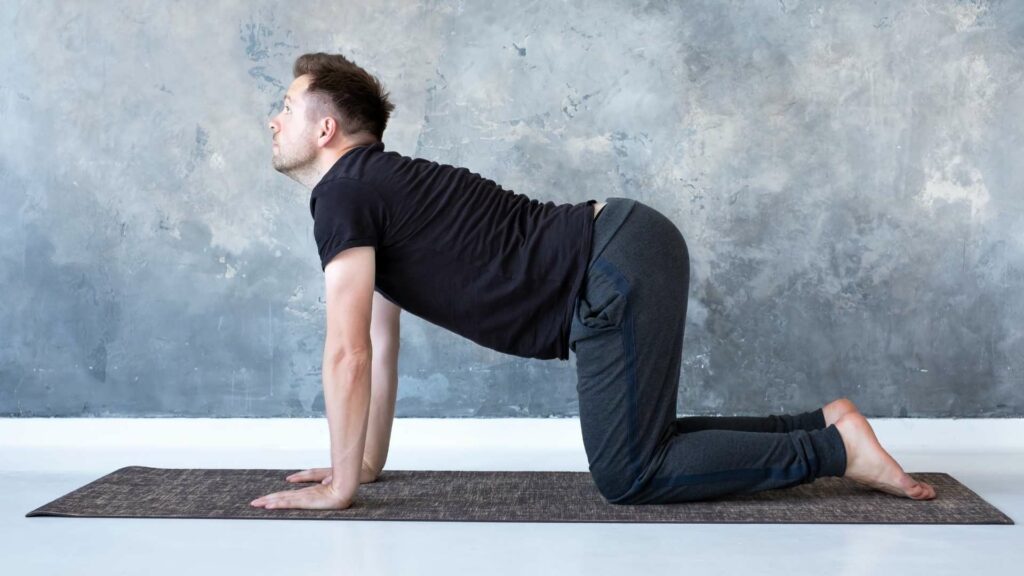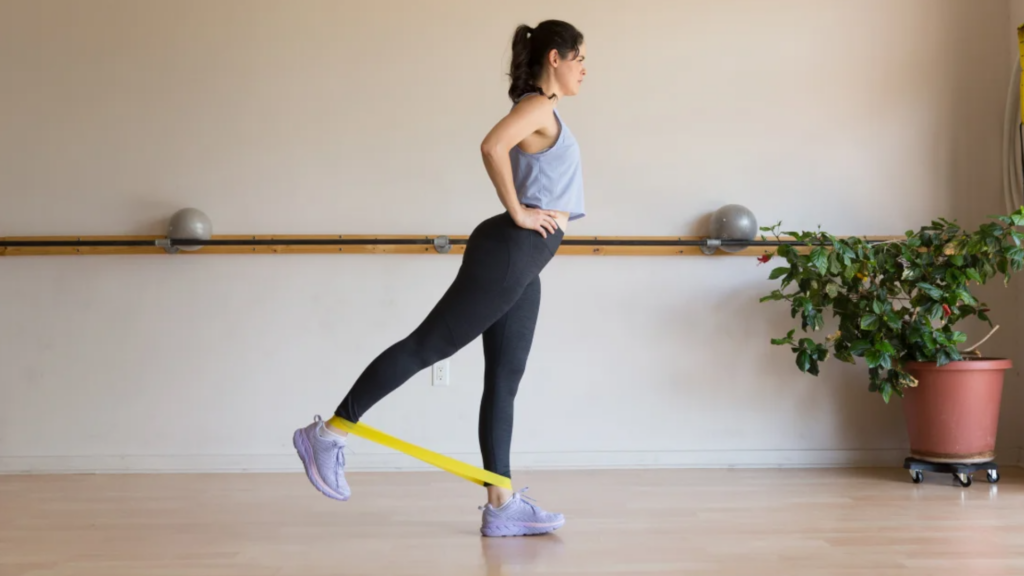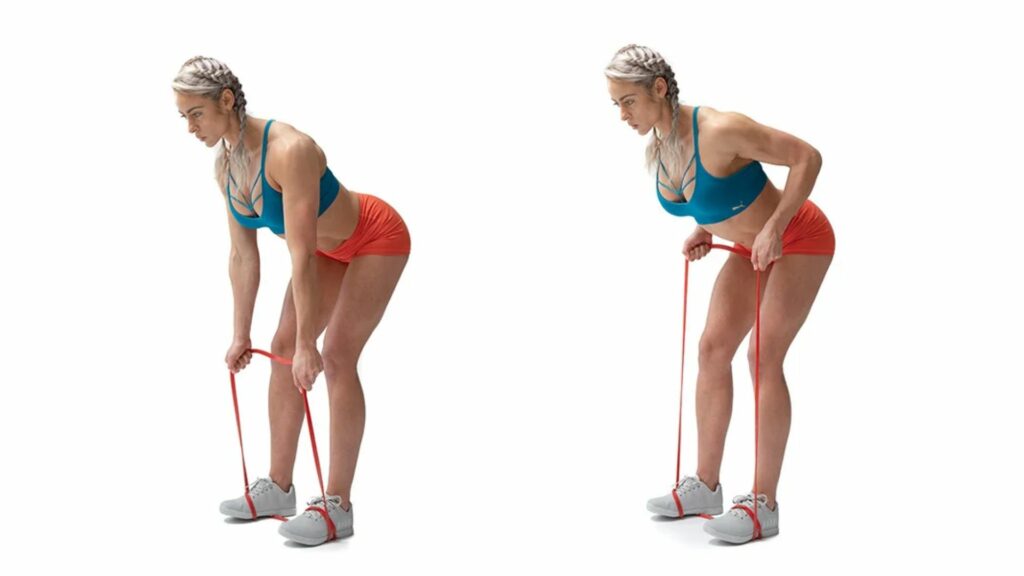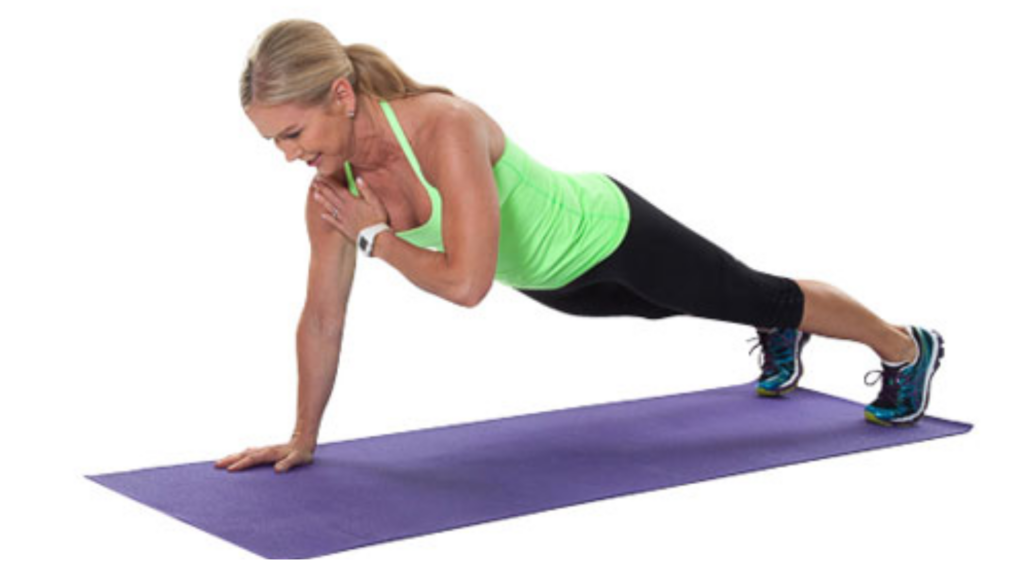The glute bridge exercise is a simple yet effective movement that activates the glutes, builds core stability, and can be incorporated into warm-up routines or resistance training workouts. Whether you’re a fitness enthusiast or a beginner looking to improve your overall fitness, understanding the benefits and proper technique of the glute bridge exercise can significantly enhance your fitness journey.
What You Will Learn About Glute Bridge Exercise Warm-Up Routine
- The importance of incorporating glute bridges into warm-up routines
- The benefits of glute bridges as warm-up exercises
- A step-by-step guide on correct form and technique for the glute-bridge exercise
- A sample glute bridge warm-up routine and other glute activation exercises
- How to tailor the warm-up routine to individual needs and fitness goals
- Safety precautions and considerations when performing glute-bridges
- How to incorporate glute bridges into resistance training workouts
Use of Merlin App for Glute Bridge
The Merlin App is a valuable tool for individuals looking to perfect their form and technique when performing exercises like the Glute-Bridge. This exercise, which primarily targets the glutes and lower back, can be challenging for beginners and even experienced fitness enthusiasts. Here’s how the Merlin App can help you perform the Glute Bridge effectively:
First and foremost, the Merlin App provides detailed visual and audio instructions for the Glute-Bridge exercise. When you access this exercise within the app, you’ll be guided through every step, from the initial setup to the proper execution. You’ll be able to watch video demonstrations and listen to voice instructions, ensuring that you understand the correct form and movements required.
One of the standout features of the Merlin App is its AI real-time feedback. When performing the Glute Bridge, the app uses artificial intelligence to analyze your form and movements. It provides instant feedback on whether you’re maintaining the proper alignment, keeping your core engaged, and lifting your hips to the correct height. If you’re doing it wrong, the app will alert you and offer guidance for improvement. This real-time feedback is immensely valuable in helping you avoid common mistakes that can lead to discomfort or injury.
Benefits of Glute Bridges as Warm-Up Exercises
1. Activation and preparation of the glutes for lower body workouts
Glute-bridges primarily target the glutes, engaging the hamstrings and transverse abdominis as well. By incorporating glute bridges into your warm-up routine, you activate and prepare these muscles for lower body exercises, such as squats, lunges, and deadlifts. This activation not only ensures that your glutes are firing properly during your workout but also helps to prevent compensatory movements and muscle imbalances.
Research has shown that glute activation exercises like the glute bridge can improve exercise form and reduce the risk of low back pain. According to a study published in the Journal of Strength and Conditioning Research, glute activation exercises were found to increase gluteus maximus activation and decrease hamstring activation during squat exercises[^1]. This emphasizes the importance of incorporating glute bridges into your warm-up routine to optimize your workout performance and minimize the risk of injury.
2. Role of glute activation in injury prevention and improved exercise performance
Glute activation is crucial for injury prevention and optimal exercise performance. Weak or underactive glutes can contribute to various musculoskeletal imbalances and compensatory movements, leading to injuries and decreased performance.
By including glute bridges in your warm-up, you activate and strengthen your glute muscles, improving their ability to stabilize the pelvis and maintain proper alignment during exercises. This not only reduces the strain on your lower back but also helps to distribute the load more evenly across the entire lower body, reducing the risk of overuse injuries.
3. Enhancement of core stability through glute bridge warm-ups
The glute bridge exercise not only targets the glutes but also engages the core muscles, including the transverse abdominis and the erector spinae. These muscles play a crucial role in maintaining core stability and supporting the spine during movement.
By incorporating glute bridges into your warm-up routine, you activate and strengthen these core muscles, enhancing their ability to provide stability and support throughout your workout. This, in turn, improves your overall exercise performance, reduces the risk of lower back pain, and helps you maintain proper form during other exercises.
Step-by-Step Guide: Correct Form and Technique for Glute Bridge Exercise
Proper form and technique are essential to maximize the benefits of the glute bridge exercise and minimize the risk of injury. Follow these step-by-step instructions to perform the glute bridge correctly:
- Lie on your back with your knees bent and your feet flat on the ground, hip-width apart. Your arms should be relaxed by your sides.
- Engage your core muscles by gently drawing your belly button towards your spine.
- Press your feet into the ground, driving through your heels, and raise your hips off the floor. Your body should form a straight line from your knees to your shoulders.
- Squeeze your glutes at the top of the movement and hold for a second or two.
- Slowly lower your hips back down to the starting position, maintaining control throughout the movement.
- Repeat for the desired number of repetitions.
Common mistakes to avoid and tips for maintaining proper form
While performing the glute bridge exercise, it’s important to avoid common mistakes that can compromise its effectiveness. Here are some tips to help you maintain proper form:
- Avoid arching your lower back excessively. Focus on maintaining a neutral spine throughout the movement.
- Do not push your hips too high, as this can lead to overextension of the lower back. Instead, aim to create a straight line from your knees to your shoulders.
- Keep your feet flat on the ground throughout the exercise and avoid lifting your toes or heels.
- Engage your glutes fully at the top of the movement by squeezing them together.
- Breathe naturally throughout the exercise, inhaling as you lower your hips and exhaling as you raise them.
By following these guidelines and maintaining proper form, you’ll maximize the benefits of the glute bridge exercise and minimize the risk of injury.
Sample Glute Bridge Warm-Up Routine
Incorporating glute bridges into your warm-up routine can help activate the glutes and prepare your body for more intense workouts. Here’s a sample glute bridge warm-up routine that you can try:
- Glute Bridge Walk: Perform 2 sets of 10-12 reps. This exercise adds a dynamic component to the glute bridge by incorporating a walking motion, further activating the glutes and challenging core stability[^2].
- Banded Glute Kickbacks: Attach a resistance band around your ankles and perform 2 sets of 10-12 reps on each leg. This exercise targets the gluteus maximus and medius, helping to strengthen and activate the glute muscles[^3].
- Crab Bridge: Lie on your back with your knees bent and your feet flat on the ground, hip-width apart. Lift your hips off the ground, then lift one leg and extend it straight out in front of you. Alternate legs for 2 sets of 10-12 reps. This exercise engages the glutes, hamstrings, and core muscles, providing a full-body warm-up[^4].
Remember to start with a light warm-up set before progressing to higher repetitions or adding resistance. Listen to your body and adjust the intensity based on your fitness level and individual goals.
Progressions and variations of the glute bridge exercise
Once you have mastered the basic glute bridge, you can progress to more challenging variations to further strengthen and activate your glutes. Here are a few progressions and variations to consider:
- Single-Leg Glute Bridge: Lift one leg off the ground and perform the glute bridge with the other leg. This variation increases the load on the working glute, making it more challenging and effective[^5].
- Weighted Glute Bridge: Hold a dumbbell or a barbell across your hips while performing the glute bridge. Adding weight increases the challenge and strength requirements, promoting further muscle activation[^6].
- Resistance Band Glute Bridge: Place a resistance band around your thighs, just above your knees, and perform the glute bridge. The resistance band adds external resistance, activating the glute muscles to a greater extent[^7].
By incorporating these progressions and variations into your glute bridge warm-up routine, you can continuously challenge your glute muscles and ensure ongoing progress in your fitness journey.
Additional Glute Activation Exercises for Warm-Up
While the glute bridge is an effective exercise for activating the glutes, incorporating a variety of glute activation exercises into your warm-up routine can provide even greater benefits. Here are a few exercises that target the glutes and can be performed as part of your warm-up:
1. Clams
Lie on your side with your knees bent and your feet together. Keeping your feet in contact with each other, lift your top knee as high as possible without rotating your hips. Lower your knee back down and repeat for 2 sets of 10-12 reps on each side. Clams primarily target the gluteus medius, an important muscle for hip stability and glute activation[^8].
2. Side Planks
Start in a side plank position, with your bottom elbow directly beneath your shoulder and your body forming a straight line from head to toes. Engage your glutes and lift your hips off the ground, holding for 20-30 seconds on each side. Side planks engage the gluteus medius, gluteus minimus, and other core muscles, providing a comprehensive warm-up for the glutes and core[^9].
3. Donkey Kickbacks
Start on all fours, with your hands directly beneath your shoulders and your knees beneath your hips. Keeping your knee bent, lift one leg up and extend it straight back, squeezing your glutes at the top of the movement. Lower your leg back down and repeat for 2 sets of 10-12 reps on each leg. Donkey kickbacks target the gluteus maximus and help activate the glute muscles before your workout[^10].
Bodyweight Squats with Thrusts
Perform a bodyweight squat, then explosively jump up, extending your hips and driving your arms overhead. Land softly and repeat for 2 sets of 10-12 reps. Squat thrusts engage the glutes, hamstrings, and core muscles, providing a dynamic warm-up for the entire lower body[^11].
Including these glute activation exercises in your warm-up routine will help ensure that your glutes are fully activated and ready for the workout ahead. Remember to listen to your body, start with lighter sets, and gradually increase the intensity as your muscles become stronger and more activated.
Tailoring the Warm-Up Routine to Individual Needs
Everyone’s body is unique, and it’s important to tailor your warm-up routine to your individual needs. Identifying and addressing any glute imbalances or weaknesses is crucial for injury prevention and optimal performance.
If you have specific health conditions or injuries, it’s recommended to consult with a fitness professional or a doctor before performing glute bridges or any other exercises. They can provide guidance and modify the exercises to suit your individual needs.
Additionally, personal preferences and limitations should be taken into account when designing your warm-up routine. If you find certain exercises more enjoyable or effective, feel free to incorporate them into your routine. The key is to ensure that your warm-up routine targets glute activation and prepares your body for the specific exercises you’ll be performing.
Incorporating Glute Bridges into Resistance Training Workouts
Glute bridges can also be integrated into resistance training workouts to target different muscle groups and enhance overall strength and stability. Here are a few ways to incorporate glute bridges into your resistance training routine:
- Glute Bridge Superset: Pair glute bridges with exercises that target the opposite muscle group, such as dumbbell chest presses or seated rows. Perform a set of glute bridges followed immediately by a set of the opposing exercise, resting between sets as needed.
- Glute Bridge Circuit: Create a circuit of exercises that includes glute bridges and other compound movements, such as squats, lunges, and deadlifts. Perform each exercise for a set amount of time or repetitions before moving on to the next exercise, resting as needed between circuits.
- Glute Bridge Finisher: Use glute bridges as a finisher at the end of your workout

